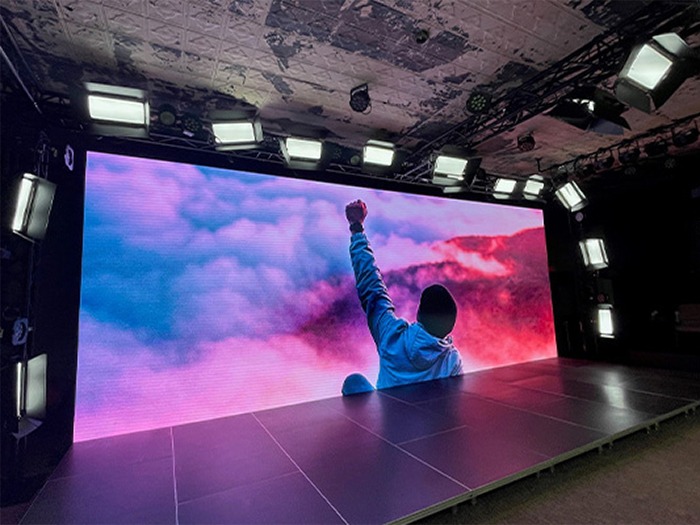LED display units have gained popularity for their ability to deliver high-quality imagery in multiple settings, from corporate environments to event venues. One of the primary aspects of these systems is their interface capabilities, which allow users to connect them to different devices and systems. Understanding the diverse connectivity options available for LED wall panels is vital for maximizing their use and effectiveness. This article explores these options, showcasing how they can adapt to specific needs and preferences.

One common interface method for Light Emitting Diode wall panels is High-Definition Multimedia Interface. HDMI is widely recognized for delivering crisp video and audio signals between devices. This interface type is particularly useful in business environments, such as conference rooms or classrooms, where presentations or video content are often shared. By using digital connectors, operators can easily link laptops, projectors, and streaming equipment to Light Emitting Diode wall panels, ensuring a sharp and dynamic display of information.
Another popular interface method is DisplayPort, which is similar to High-Definition Multimedia Interface but offers enhanced advantages. DisplayPort can support elevated refresh rates and display outputs, making it an ideal choice for gaming or graphic-intensive applications. For those deploying LED wall panels in settings where output quality is essential, such as competitive gaming venues or creative workspaces, DisplayPort can provide the necessary visual clarity. Moreover, many modern computers and graphics cards include DisplayPort connections, making it a convenient solution for technology-oriented users.
In addition to High-Definition Multimedia Interface and Display Port, cordless transmission options are becoming progressively common in Light Emitting Diode wall panel technology. Wireless interfaces allow operators to share content without the requirement for physical cables, promoting a cleaner and more flexible setup. Technologies such as wireless internet and short-range communication allow users to link smartphones, tablets, and laptops directly to LED wall panels without cumbersome wires. This versatility is particularly advantageous in dynamic settings impact resistant LED panels like trade shows or events, where quick adjustments to displays are often required.
For extensive deployments or more intricate setups, network connectivity through Ethernet is another reliable option. Ethernet connections provide a stable and reliable way to connect multiple LED wall panels within a system. This approach is suitable for electronic display use cases found in retail centers or transport hubs, where numerous panels may need to display synchronized content across a wide area. By using Ethernet cables and network switches, users can ensure that all connected panels receive consistent updates and content seamlessly.
Lastly, it's important to consider the future of connectivity with technologies such as USB-C and Thunderbolt 3. These newer connection types offer enhanced data transfer speeds and versatility by allowing one cable to handle both power delivery and data transmission. As more devices adopt these standards, LED wall panels equipped with USB-C ports will likely become more common. This evolution in integration not only enhances the functionality of LED wall panels but also aligns with the growing trend of minimalism in technology setups by minimizing the number of wires required.
In summary, examining the broad interface methods accessible for Light Emitting Diode wall panels uncovers many opportunities for operators across multiple industries. From conventional approaches like High-Definition Multimedia Interface and Display Port to contemporary wireless solutions and network connections, each option serves unique purposes suited to distinct needs. Furthermore, next-gen technologies like Universal Serial Bus-C promise further advancements in how users interact with Luminescent Diode wall helpful site panels. By grasping these integration alternatives, end-users can make strategic selections that optimize their overall engagement with these versatile display tools.
Comments on “Exploring the Diverse Integration Options Offered for Light Emitting Diode Wall Modules”